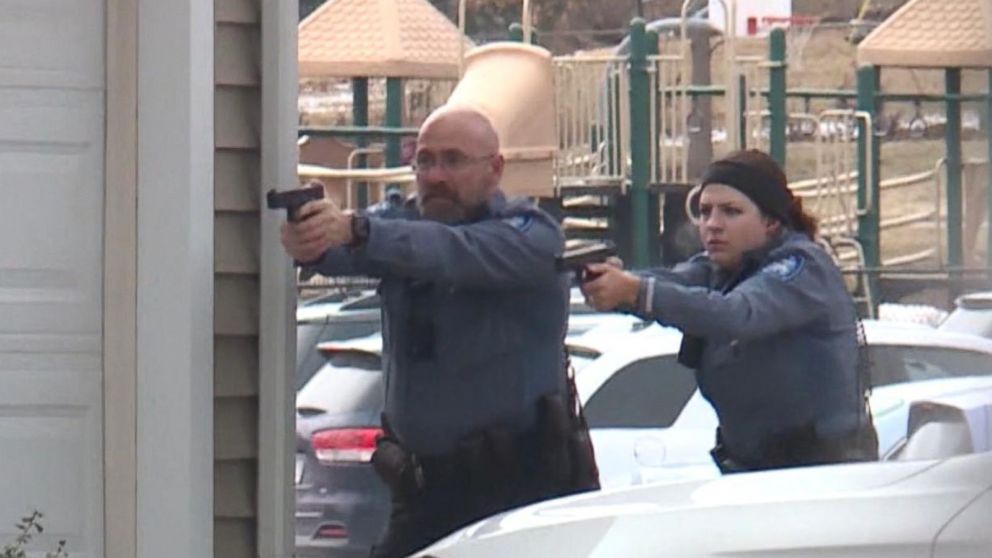Lots of anxiety and stress in the country right now with a new tax being implemented (deemed deeply unfair to the middle-to-low-class, while the upper-class go untouched). New progressive ideas that are seen as “1st-World” while fundamental staples like infrastructure, education, poverty, and wage go unaddressed. A government that’s lost the faith and trust of the people. Misinformation and fake news (some misunderstood, others planted intentionally) causing unrest, anger, and paranoia. Strikes, protests, blockades in random pockets of the country preventing the working-class from getting to work to feed their families and causing greater disconnect within the same class/demographic. Rising violent episodes, including one with law enforcement, force, and student protesters. And polarizing figures in the middle of it all calling for a coup d’etat – the same polarizing figures who last election pushed an agenda of misogyny, unifying of church and state, a personal police force that answered only to leadership, and backed by the money of shady religious powers from the US. It’s a powder-keg of explosive proportions hanging in the balance, to be sure and most media aren’t adding all of the elements involved here at the moment.

Now, there are various phases of this that can be addressed in terms of how to prepare and, rather than taking a holistic approach and widening the scope of this article unnecessarily – let’s address the immediate threat first. The one that’s the current greatest issue without overwhelming ourselves with the ones that aren’t….yet. What can one do, within context, to manage safety in the midst of surprise strikes, protests, rallies, and blockades.

I’ll share what what we’re doing differently daily at this stage.
-carrying bottled-water supply in case of running into strikes, barricades, or protests. Long waits can cause dehydration and waiting is far safer than trying to crash or pass the blockage. (you also then have a place to urinate should I need to and the wait is exorbitantly longer than expected, without leaving the relative safety of your vehicle
-making sure there’s a car-charger for your cell phone with plug-in in case you get low on battery or need to communicate with LE, concerned parties, or 1st-responders/medical-assistance/paramedics
-have a small 1st-Aid kit in the glove-box for whatever needs become necessary
-make sure you leave valuable (jewelry, big bills, items of value) at home as these blockages tend to draw the curious, opportunistic, and hostile in crowds to capitalize on trapped drivers…especially foreigners that stand out. Carry small local-currency bills
-wear common, humble, low-key, non-branded clothing to blend-in and not draw attention. Speaking the local language certainly helps not put a target on my back from interviews and prying questioning
-make sure the Waze application is working and updated on my phone as it’s the only GPS program that gives prior micro-details on upcoming/high-volume traffic, stoppages, LE-presence, and fastest-route availability
-wear running shoes or comfortable footwear when knowing you’ll be entering high(er)-risk areas for quick and fluid movement if needed. Generally, if you don’t need to go into the center of the city or populated suburban pockets – don’t. There are almost always other, close-to-home options for the time being.
-make sure the car has at least half-a-tank of gas in case of long lines, times where the car needs to stay running in anticipation of quick departure or route-switches. This also goes for back-up propane re-fills as often shortages of gasoline, propane, and other services occur due to the strikes, government regulation, or slowing of outside services entering the country out of concern over the state-of-things.
-make sure the spare tire is full and tire-change equipment is ready to go in case of intentional puncture, fluids topped-off, small change for quick toll exit
-as an aside, it wouldn’t hurt to have a bug-out bag ready to go or stored in the trunk, should the situation deteriorate over the next couple of weeks
Now, these have the potential to change and alter as/if the threat, unrest, and events increase but first steps first. Start building your prep in stages to avoid being taken away by public hyperbole and panic. By being anxious over grand scope of where this can lead, you contribute to the phalanx of anxiety and pressure that can cause this to explode. Don’t be a feeder, be a responder. Remember too, that empathy to the cause of these barricades goes a long way – many of these protests are entirely justified here (some are not) but be aware that peer-pressure and pack-mentality is a very real thing in people that it might otherwise not be. Keep you posted with further progressions and matching preparations. Head-up.














